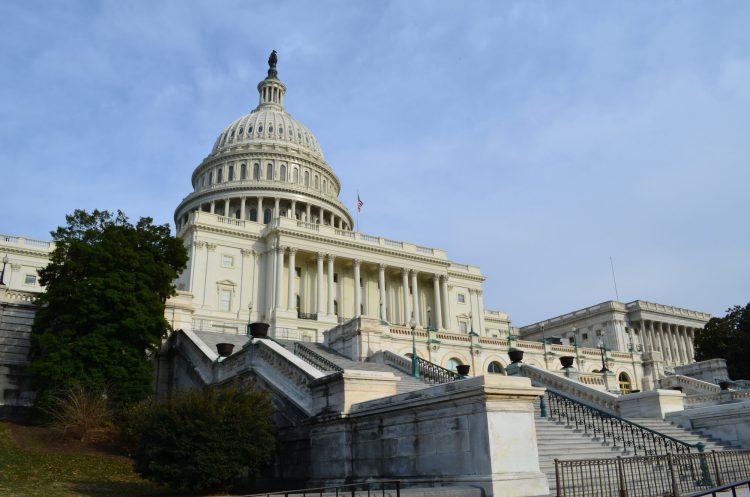By Douglas Holtz-Eakin, American Action Forum President and Jacqueline Varas, American Action Forum Director of Immigration and Trade Policy
This paper was prepared as part of a Concord Coalition project on fiscal responsibility and economic growth. Generous financial support was provided by Jeff Fox, Chairman and CEO of Harbour Group, St. Louis Missouri.
For a full version of the paper click here.
For the authors’ op-ed in the Des Moines Register click here.
Paper Summary
Immigration has always been part of the United States’ social fabric, but it has not been part of an economic growth strategy. A well-designed legal immigration policy can advance entrepreneurship, augment productivity gains, fill skills gaps, and combat demographically driven labor force declines. Especially at a time of record-low unemployment and shortfalls of qualified workers, a new approach to immigration has the potential to be a powerful force for economic growth.
The Current System
The current immigration system is built on a foundation of family reunification. Of the 1.1 million green cards awarded in 2017, over 66 percent (750,000) were to family members of U.S. citizens or legal permanent residents. Only 12 percent (140,000) of green cards can legally be awarded for economic reasons, i.e. to immigrants desired by U.S. employers.
The current system has produced toxic domestic politics and put the United States at a competitive disadvantage. Australia and Canada, in contrast to the United States, both accept only one-fourth of their immigrants based on family relationships, while over half are admitted for economic reasons.
Our Proposal
We propose focusing legal immigration on the economics of a productive labor force. Our two-part visa reform identifies productive workers by either their credentials for education and skills or through proven work histories.
- Points System: Highly skilled, highly educated, and entrepreneurial workers would gain access to permanent visas though a new point system. Applicants would be awarded points for education and experience. More points would be awarded for English proficiency, family relationships, and experience in high-demand fields.
- Temporary Visa System: Individuals that do not meet the points threshold, for instance because of lower education levels, would be eligible for admission through a temporary worker program. These individuals could then transfer to the permanent visa program after six years of demonstrated labor market success.
Our immigration design has one last notable feature: We do not set an explicit cap on legal immigration. Instead of arbitrary limits, we propose that the level of immigration should reflect the number of qualified applicants seeking entry and the demand for those workers in sectors such as agriculture, technology, and construction.
Examples of Qualified Immigrants
Who would merit entry under this system? A graduate of a U.S. master’s program who speaks English would qualify, as would an individual with significant previous work experience and English proficiency. An individual with no formal higher education but with needed skills could gain permanent legal status by completing the temporary worker program and learning English.
Continue Reading


